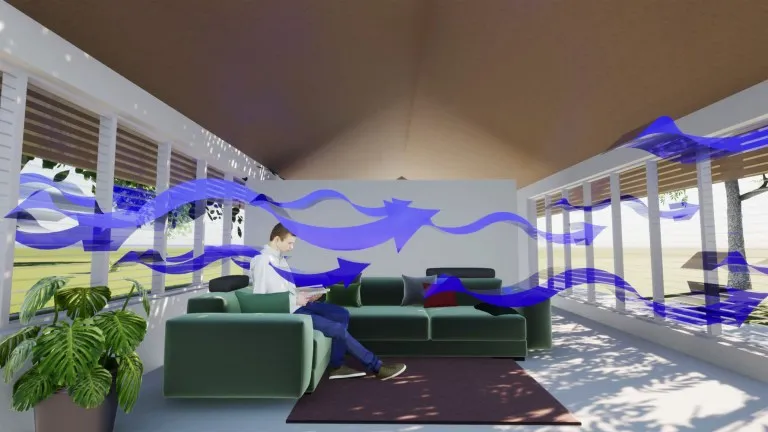Why Cross Ventilation Is Vital for Your Tarantula
Caring for a tarantula involves more than just providing food and a suitable enclosure. A crucial aspect of tarantula care often overlooked is proper ventilation, particularly cross ventilation. This technique ensures a healthy environment for your eight-legged friend. Cross ventilation, the movement of air through an enclosure, is paramount for several reasons, all contributing to the well-being of your tarantula. Without it, the enclosure can quickly become a breeding ground for harmful elements, posing serious risks to the spider’s health and longevity. Understanding the importance of cross ventilation is the first step towards creating the ideal habitat.
The Importance of Airflow for Tarantulas
Airflow is not just about fresh air it is about the continuous exchange of gases. Tarantulas, like all living creatures, need oxygen. Stagnant air can lead to a buildup of carbon dioxide and other harmful gases, which can stress your tarantula and make it more susceptible to illness. Effective airflow, facilitated by cross ventilation, helps to remove these harmful gases, ensuring your tarantula breathes clean, healthy air. This constant air movement prevents the environment from becoming stale, allowing your pet to thrive in an environment that mimics its natural habitat. The right airflow also helps regulate temperature and humidity, both crucial for tarantula health.
Preventing Mold and Fungal Growth

One of the most significant benefits of cross ventilation is its ability to prevent mold and fungal growth within the enclosure. Mold and fungi thrive in humid, stagnant environments. Tarantula enclosures, especially those with substrate, can easily become breeding grounds if not properly ventilated. Mold and fungi pose a serious threat to tarantulas, potentially causing respiratory problems and other health issues. Cross ventilation helps to reduce humidity levels, discouraging the growth of these harmful organisms. This also creates a healthier environment for your tarantula, minimizing the risk of infection and disease, making your pet’s habitat a safe and clean place to live.
Maintaining Optimal Humidity Levels
Tarantulas require specific humidity levels to thrive, but maintaining this balance can be tricky. Cross ventilation plays a crucial role in regulating humidity within the enclosure. Too much humidity can lead to the problems mentioned above like mold, while too little can cause the tarantula to dehydrate, hindering the molting process. Cross ventilation helps to remove excess moisture, maintaining the humidity levels within the ideal range for your tarantula species. Careful monitoring and adjusting of ventilation techniques allow you to create the perfect climate for your pet. This delicate balance supports your tarantula’s overall health and ensures it can thrive in its enclosure, helping it live a long, healthy life.
Understanding the Basic Principles of Cross Ventilation
Cross ventilation involves creating airflow through the tarantula enclosure. This means having ventilation points on opposite sides of the enclosure, allowing air to enter and exit. The goal is to facilitate a continuous exchange of air. The placement of ventilation is important for the effectiveness of cross ventilation. Proper placement can create a natural airflow pattern. The principle is relatively simple, the impact on your tarantula’s health is significant. This basic understanding forms the foundation for implementing the right techniques, improving the air quality within the enclosure and providing your pet with a healthy habitat.
Choosing the Right Enclosure for Cross Ventilation

Selecting the right enclosure is a key factor in successful cross ventilation. The ideal enclosure will allow you to implement ventilation techniques effectively. Consider the material, size, and design when selecting a habitat for your tarantula. Different materials offer varying levels of breathability, and the size of the enclosure will affect the airflow patterns. The enclosure must have features that facilitate the creation of ventilation. This includes elements such as a secure lid and strategically placed ventilation holes. Choosing the right enclosure is the initial step towards a well-ventilated habitat, ensuring your tarantula has a healthy and comfortable living space.
Selecting a Suitable Enclosure Material
The material of the enclosure plays a crucial role in how well cross ventilation functions. Glass enclosures are popular for their transparency but can sometimes be challenging to ventilate adequately without modifications. Acrylic enclosures offer a good balance of visibility and ventilation potential. Plastic enclosures, especially those with mesh tops, often provide the best ventilation solutions straight out of the box. The best material choice depends on the specific ventilation setup you plan to use. Regardless of the material, make sure to create or incorporate ventilation features.
Enclosure Size and Ventilation Considerations
The size of the enclosure affects the airflow. Larger enclosures need more ventilation to ensure proper air exchange. Smaller enclosures can become too dry with excessive ventilation. It is important to choose an enclosure size appropriate for your tarantula species, considering its size and the amount of substrate it requires. You must adjust your ventilation strategy depending on the enclosure’s dimensions. This ensures you have the right amount of ventilation to support a healthy environment, regardless of the habitat’s size.
Creating Ventilation Holes and Placement
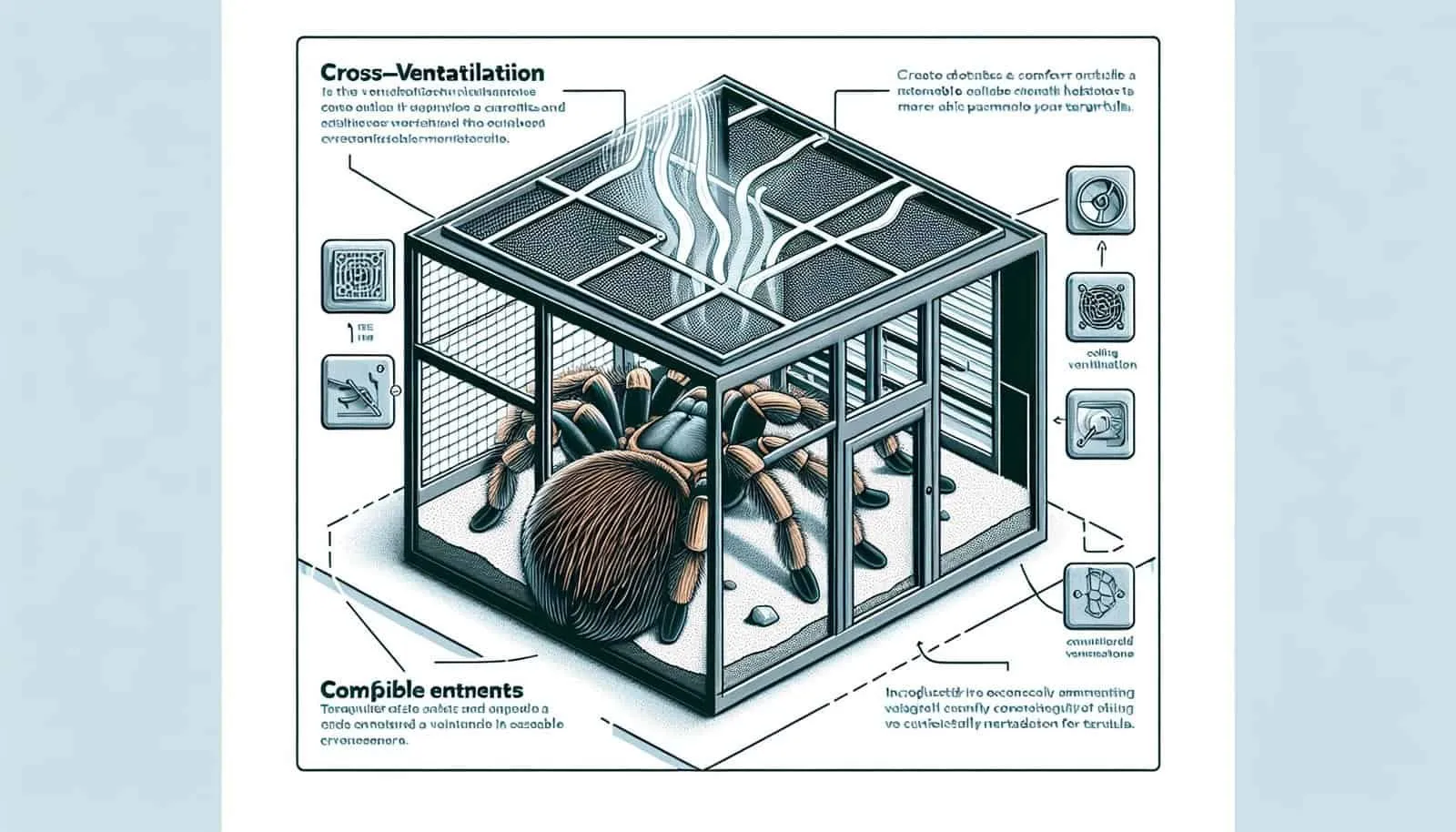
The placement of ventilation holes directly impacts cross ventilation effectiveness. For optimal airflow, place ventilation holes on opposite sides of the enclosure. This setup creates a natural flow of air, allowing fresh air to enter and stale air to exit. It is a simple yet effective method that promotes air exchange. Consider the overall design of the enclosure and your tarantula’s specific needs when determining the hole placement. Correct placement will facilitate a healthy, well-ventilated environment. The correct placement of ventilation holes ensures air moves through the enclosure efficiently, improving air quality.
Top 5 Cross Ventilation Techniques for Tarantulas
Implementing effective cross ventilation requires using the right techniques. The following are five key methods to optimize air exchange within your tarantula’s enclosure. These techniques will help you maintain a healthy environment. These methods can be used individually or in combination, depending on your specific needs and the setup of your enclosure. Proper use of these techniques will help prevent the problems associated with poor ventilation.
Technique 1 Strategically Placed Ventilation Holes
Drilling or creating ventilation holes is a fundamental cross ventilation technique. Position the holes on opposite sides of the enclosure, near the top and bottom. This placement encourages air to flow across the enclosure. The number and size of the holes will depend on the size of the enclosure and the species of tarantula. Start with a few smaller holes and monitor the humidity levels. You can always add more holes if needed. Carefully creating ventilation holes is often the first step toward optimal cross ventilation.
Technique 2 Using Mesh Lids
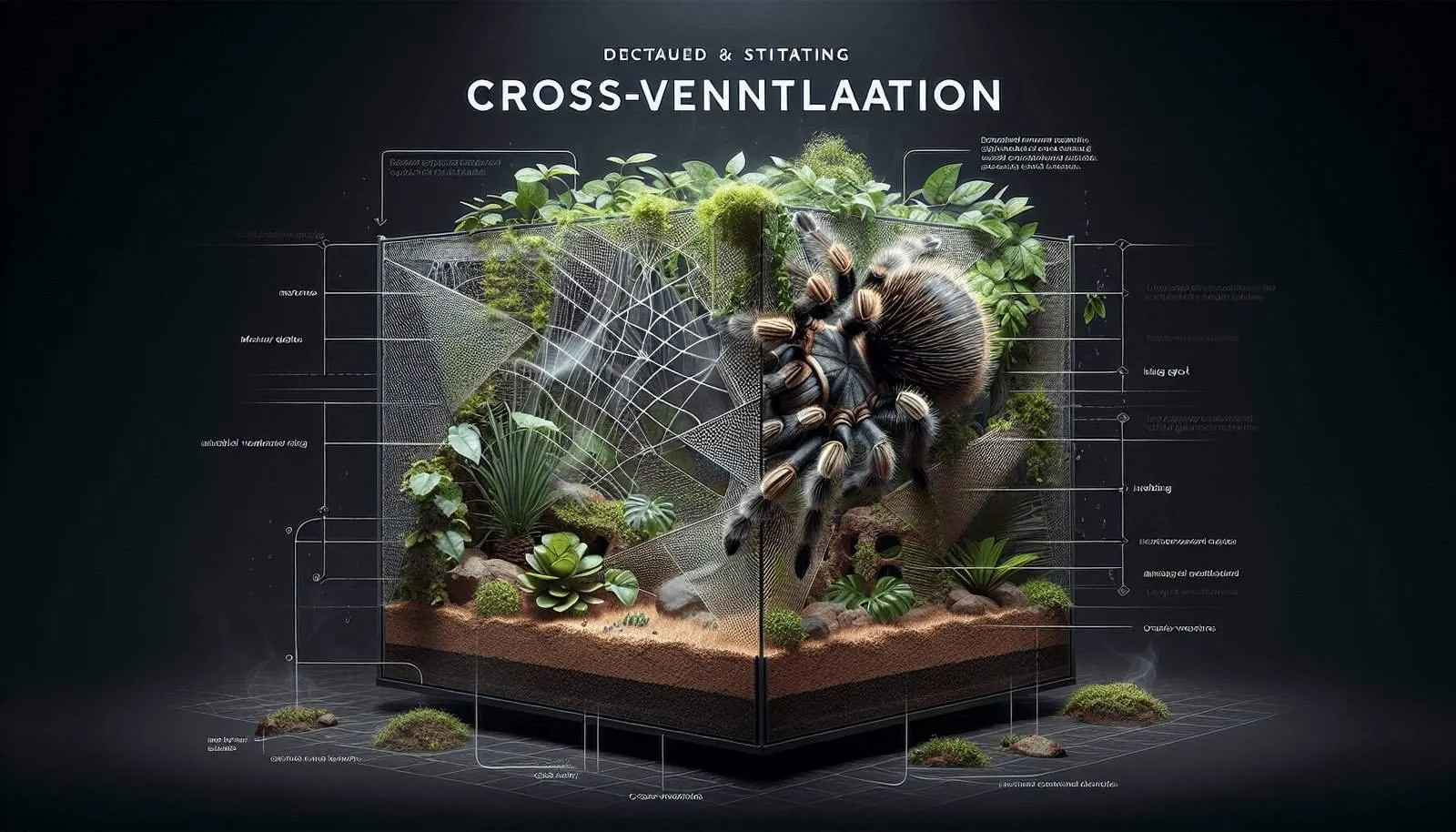
Mesh lids provide excellent ventilation. They allow for significant airflow. Mesh lids are an easy way to achieve effective cross ventilation, especially when used with ventilation holes on the enclosure’s sides. Ensure the mesh is made from a non-toxic material that is safe for your tarantula. The mesh should have a small enough gauge to prevent your tarantula from escaping. This method offers a passive approach to ventilation, relying on natural air currents. Mesh lids can also help to maintain humidity levels when used in conjunction with other techniques.
Technique 3 Incorporating Ventilation Fans
For advanced cross ventilation, consider using small ventilation fans. These fans can be placed inside or outside the enclosure to actively circulate air. Small computer fans are often used for this purpose. Ensure the fan is rated for low voltage and is safe for use in a humid environment. Fans can be particularly helpful in enclosures with high humidity or in environments where natural airflow is limited. Always monitor humidity and airflow when using fans. Ventilation fans actively circulate air, enhancing air exchange.
Technique 4 Utilizing Natural Airflow
Take advantage of natural airflow in the room where the tarantula enclosure is located. Place the enclosure in a location with good air circulation. Avoid placing it near heating or cooling vents, which can cause fluctuations in temperature and humidity. Positioning the enclosure near a slightly opened window, when weather permits, can also improve ventilation, provided the area is free from drafts and direct sunlight. This passive approach can significantly benefit your tarantula’s habitat with little extra effort.
Technique 5 Monitoring and Adjusting Ventilation
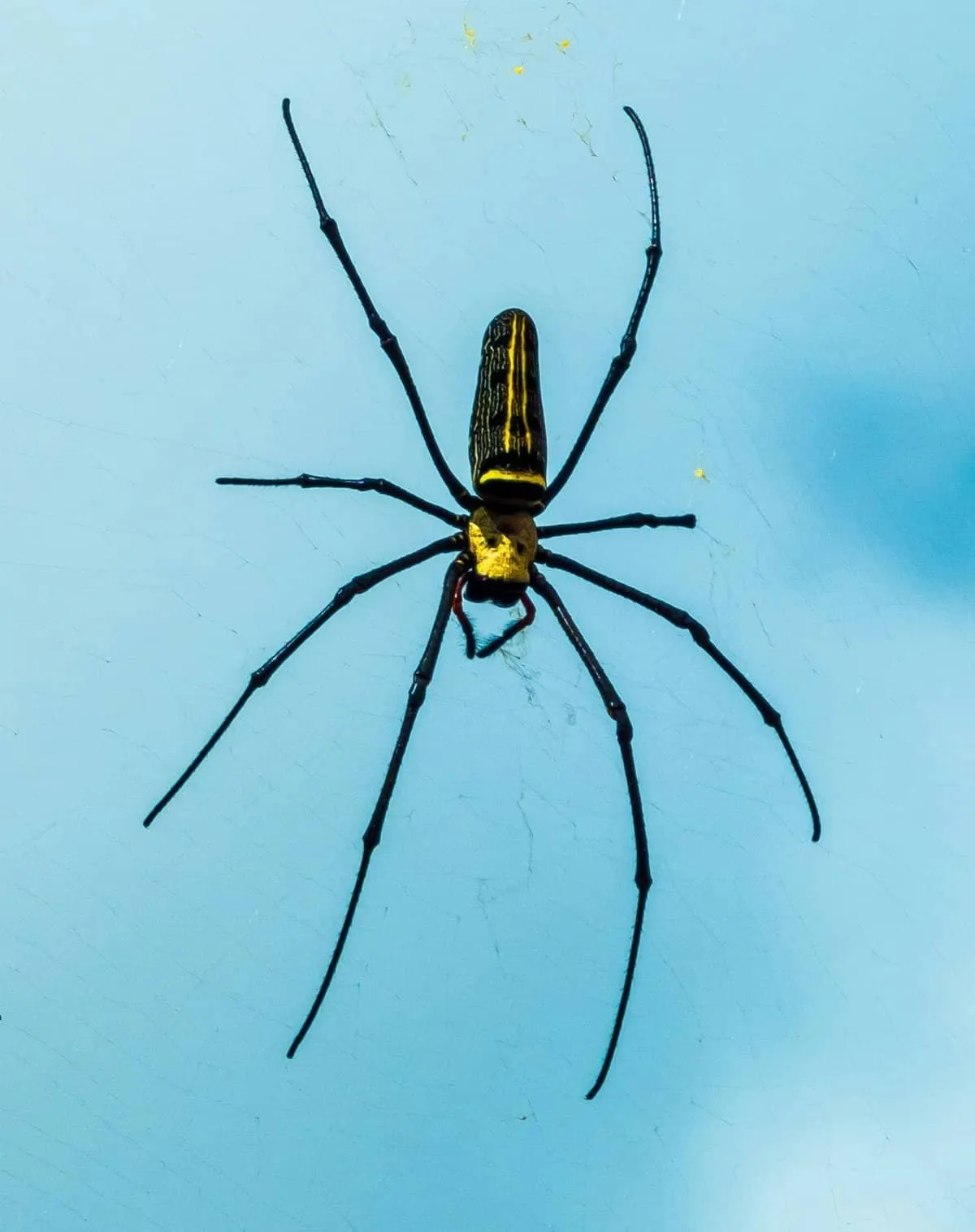
Regular monitoring is critical to ensure your ventilation techniques are working effectively. You must monitor humidity and airflow regularly and adjust your techniques. A hygrometer is a valuable tool for measuring humidity levels within the enclosure. You should make adjustments based on the readings. Too much or too little ventilation can negatively impact your tarantula. By monitoring and adjusting, you can fine-tune your ventilation system to meet the needs of your pet. This is an ongoing process that helps to maintain a healthy environment.
How to Monitor Ventilation Effectively
Effective monitoring is a key to ensuring the success of your ventilation setup. Regularly check for signs of excessive or insufficient airflow, and adjust your methods as needed. Using a hygrometer and thermometer will help you keep track of the environment inside the enclosure. You should also observe your tarantula’s behavior and the condition of the substrate to identify potential problems. This information will enable you to make necessary adjustments.
Signs of Insufficient Ventilation
Recognizing signs of insufficient ventilation is important. High humidity levels are a primary indicator. You may notice condensation on the enclosure walls, and the substrate might appear overly damp. Another sign is the appearance of mold or mildew. These issues indicate a lack of airflow. Your tarantula may also exhibit lethargy. Prompt action is needed if these signs are present, such as increasing the size or number of ventilation holes or adding a fan.
Signs of Excessive Ventilation

Excessive ventilation can also pose problems. The enclosure can become too dry, leading to dehydration for the tarantula. The substrate might dry out too quickly, and the tarantula may struggle to molt properly. The enclosure’s temperature might also fluctuate widely. If you observe these signs, you should decrease the amount of ventilation. This might involve covering some of the ventilation holes or using a smaller fan. The key is to achieve a balance.
Troubleshooting Common Ventilation Issues
It is important to be prepared to troubleshoot any issues. Common issues are mold and mildew problems, and issues with excessively dry conditions. By understanding the causes and solutions for these issues, you can ensure that your tarantula lives in a safe and healthy environment.
Addressing Mold and Mildew Problems
Mold and mildew are common problems associated with poor ventilation. Increase airflow immediately if you spot mold. This can be done by increasing the size or number of ventilation holes, ensuring the enclosure is in a well-ventilated area, and cleaning the enclosure. It is also important to remove any affected substrate or decorations. Mold can be dangerous, so quick action is key.
Dealing with Excessively Dry Conditions
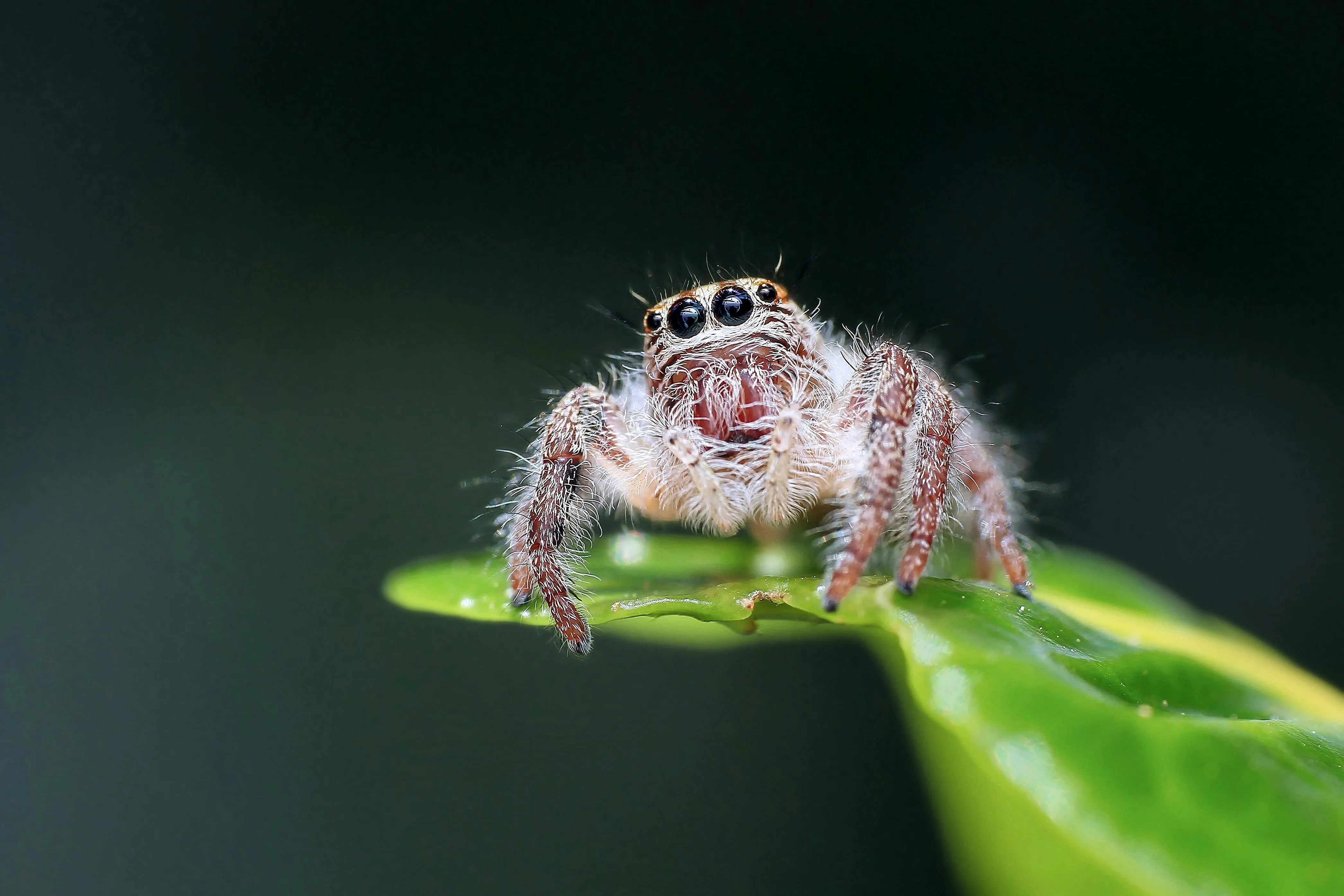
Excessively dry conditions can harm tarantulas. The first step is to reduce airflow. You might cover some ventilation holes or reduce fan usage. Increasing the humidity level by misting the enclosure with water can also help. Make sure the enclosure has a water dish that’s always full. Consistent monitoring will ensure your tarantula is in an environment conducive to its health.
Conclusion Recap of Cross Ventilation Best Practices
In summary, cross ventilation is essential for a healthy tarantula. By understanding the principles, selecting the right enclosure, and implementing effective techniques, you can create an ideal habitat for your pet. Remember to monitor ventilation, adjust as needed, and address any issues promptly. Regular monitoring is essential to provide the best possible environment for your tarantula, helping them thrive and live a long, healthy life. Implementing these best practices will ensure your tarantula’s well-being and happiness. Prioritizing cross ventilation will make your pet’s home an ideal place to live.
